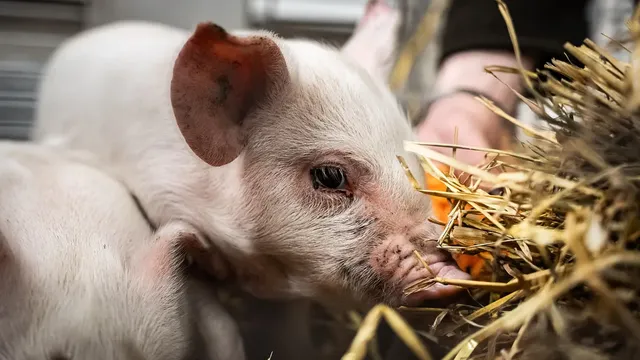The UK has drawn up a new list of 24 infectious diseases that could pose the greatest threat to public health in the future, the BBC reports.
Some are viruses with the potential for a global pandemic, such as COVID-19, while others are diseases for which there are no existing treatments or could cause significant harm.
According to the UK Health Security Agency (UKHSA), the list includes avian flu, as well as mosquito-borne diseases that could become common as temperatures rise as a result of climate change.
The aim is to focus scientists and investors on preparing new tests, vaccines or drugs.
"There is no ranking on the list as the threats are constantly changing," said UKHSA chief scientific officer Professor Dr Isabel Oliver.
It will be updated at least once a year to avoid a repeat of the COVID-19 pandemic, when experts were planning a very different epidemic - influenza.
"When COVID-19 came along, it took too long to adapt our response to a different threat, which was one of the reasons we went into isolation mode," says Professor Mark Woolhouse, director of Tackling Infection for Africa at the University of Edinburgh.
"Since the pandemic there have been many initiatives to better understand the variety of pandemic threats that the UK and the world may face in the coming years. UKHSA's exercise in prioritising pathogens is a welcome contribution to these global efforts."
The list includes a family of viruses called Paramyxoviridae, which includes measles.
This is the type of pandemic threat that public health agencies around the world are most worried about, says Professor Woolhouse.
"A new measles-like virus would be highly spreadable and impossible to control even by the most stringent isolation, making it a threat much worse than COVID-19."
"It would also be significantly more deadly and, unlike COVID-19, would pose a serious threat to children," Professor Woolhouse said.
Professor Oliver said UKHSA would consult animal health colleagues for future updates as many new and emerging epidemics are zoonotic diseases that jump animal species to infect humans.
Some bacteria are also involved, including gonorrhea, where resistance to existing antibiotic treatments is becoming a problem.
The list of 24 diseases or pathogens
Adenovirus
Lassa fever
Norovirus
MERS (Middle East Respiratory Syndrome)
Ebola (and similar viruses, such as Marburg)
Flaviviruses (including dengue, Zika and hepatitis C)
Hantavirus
Crimean Congo haemorrhagic fever
Influenza (non-seasonal, including avian)
Nipah virus
Pox
Rift Valley fever
Acute flaccid myelitis
Human metapneumovirus (HMPV)
Monkeypox
Chikungunya
Anthrax
Ku-fever
Enterobacteriaceae (such as E. coli and Yersinia pestis, which causes plague)
Tularemia
Moraxellaceae (bacteria causing infections of the lungs, urine and bloodstream)
Gonorrhoea
Staphylococcus
Group A and B Streptococcus | BGNES

 Breaking news
Breaking news
 Europe
Europe
 Bulgaria
Bulgaria







